State of the economy: May 2022
This report summarises recent developments in the global and Scottish economy and provides an analysis of the performance of, and outlook for, the Scottish economy.
Global Economic Context
The situation in Ukraine has presented a new shock to the global economy following the economic shock from the pandemic, lowering GDP growth forecasts and leading to higher inflation.
The global economy is continuing to recover from the economic shock of the pandemic. In 2021 global output grew 6.1%, rebounding robustly from the 3.1% fall in 2020, as economic activity strengthened with the easing of Covid restrictions.
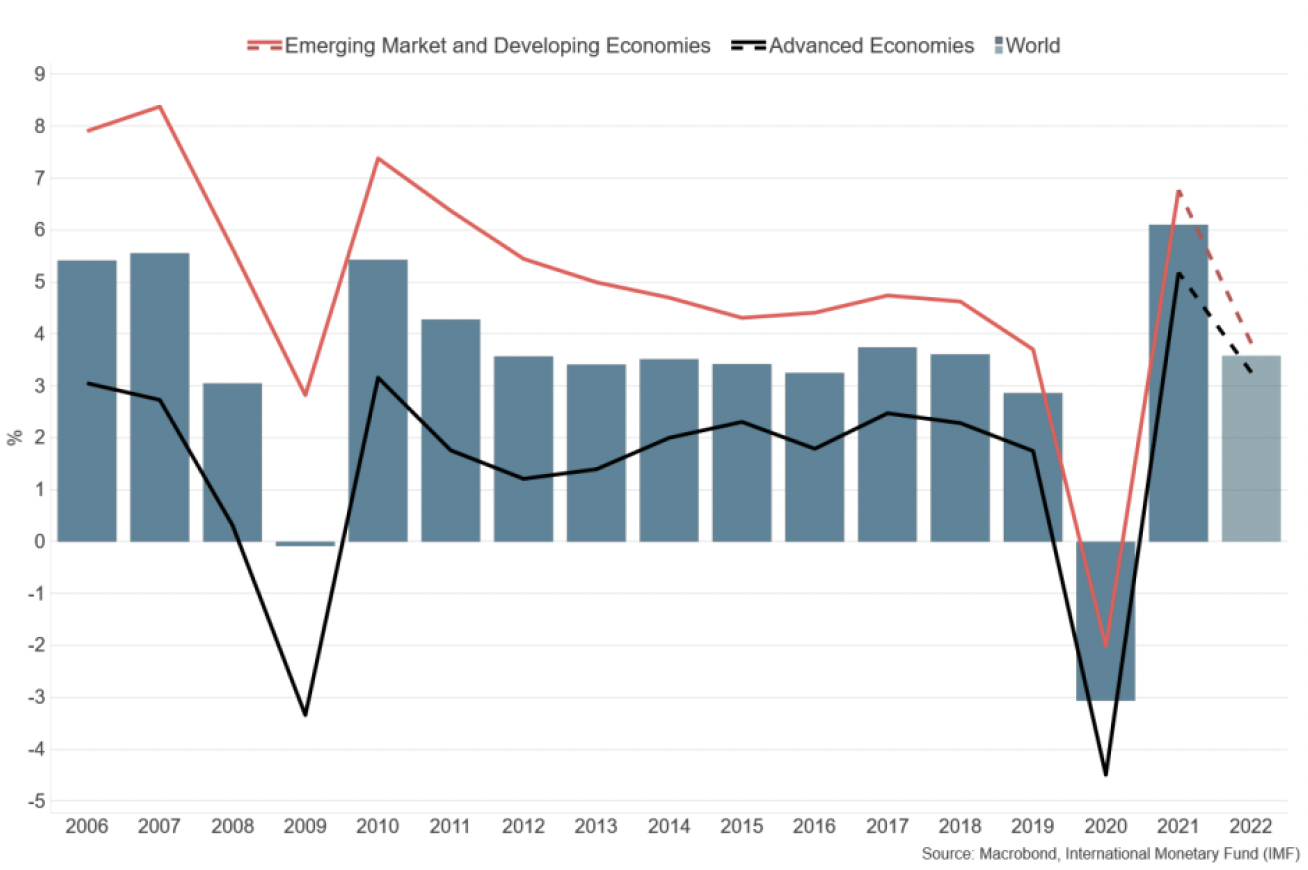
Global industrial production and trade in goods also continued to strengthen into February 2022, however the economic outlook has weakened significantly as a result of the situation in Ukraine and the significant sanctions imposed on the Russian economy.
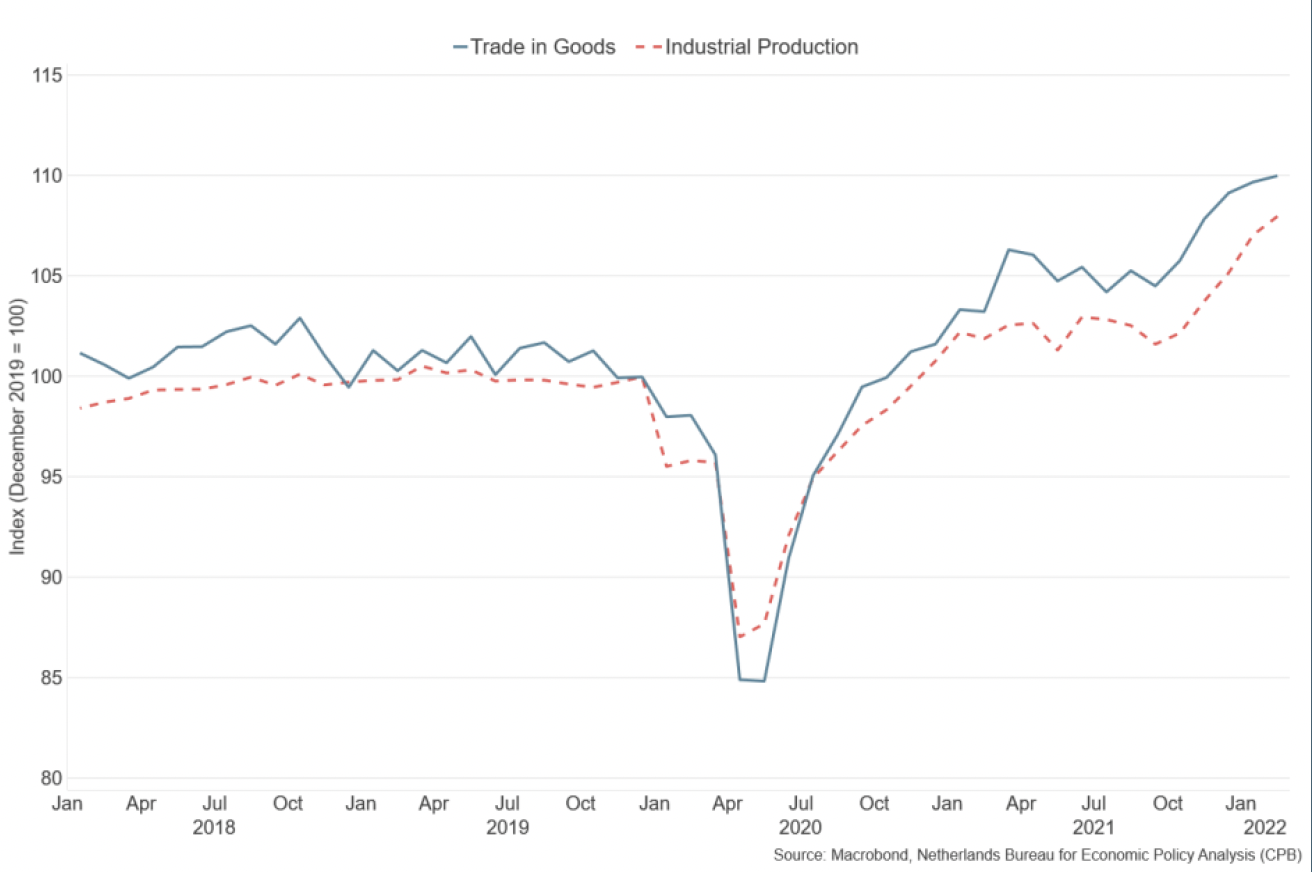
Global inflation rose sharply during 2021, reflecting a combination of rising energy prices alongside disruption in global supply chains as the supply side of the economy continued to readjust to the rebound in global demand following international easing of COVID restrictions.
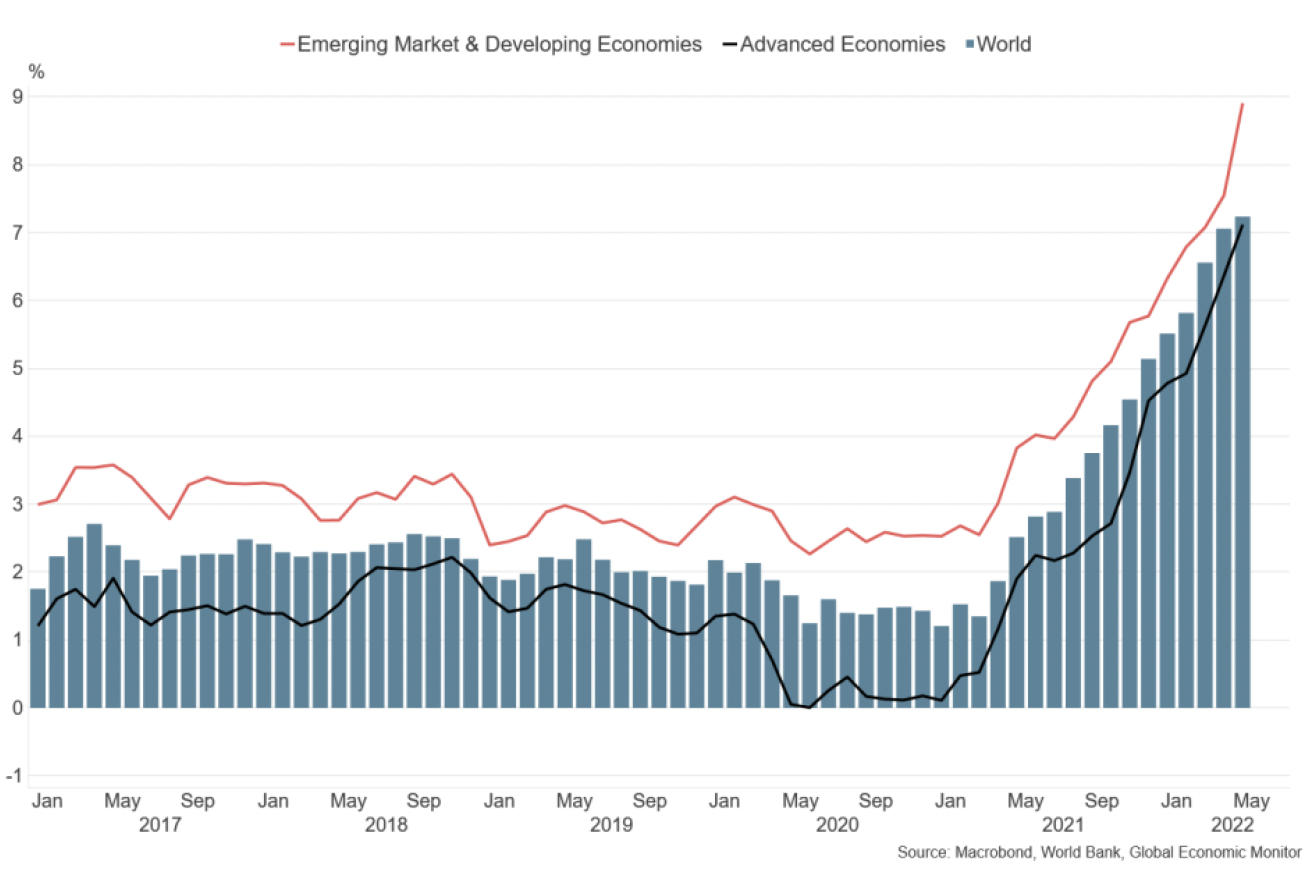
The war in Ukraine has exacerbated these inflationary pressures reflecting the importance of Ukraine and Russia in the production and supply of a range of commodities particularly in energy (oil and gas), various agricultural products (notably wheat) and an array of precious metals.
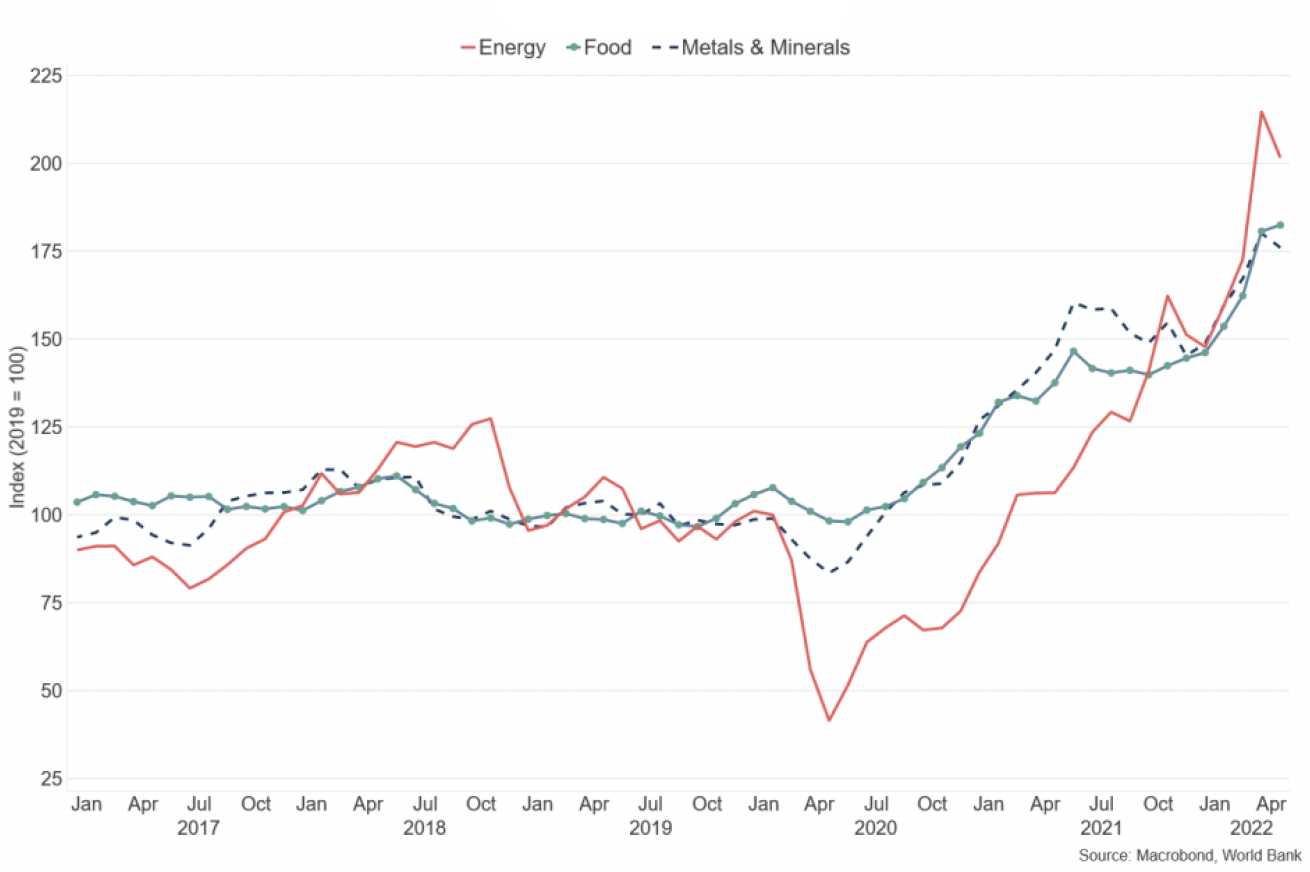
Furthermore, the use of Covid-related restrictions continues to impact on economic activity and trade flows. The recent lockdown restrictions in China to contain outbreaks of Covid is expected to further exacerbate existing supply disruptions and inflationary pressures.
The combination of the situation in Ukraine, alongside the ongoing disruption to supply chains, has resulted in a weaker economic outlook than had previously been expected, with higher rates of inflation and slower GDP growth impacting on the recovery from the pandemic. The IMF now forecast global GDP growth to slow from 6.1% in 2021 to 3.6% in 2022, 0.8 percentage points lower than forecast in January.[1]
How might sanctions on trade with Russia affect the economy?
The situation in Ukraine has caused a significant shock to the global economy. The March Monthly Economic Brief considered the channels through which it is impacting on the economy, from the direct impact on trade, through to impacts on commodity prices which impact on domestic inflation and create challenges for households through increases in the cost of living.
The analysis below considers in more detail the first of these issues, and in particular how different industries may be affected. The direct impacts on the Scottish economy will be seen through trade, both through reductions in exports to Russia due to sanctions, and a reduction in the availability of and an increase in the price of many global commodities that are exported by Russia and Ukraine, including energy, foodstuffs, and metals.
Using the latest Scottish Government Input-Output model of the economy, it is possible to estimate the indirect Scottish supply chain impact on the Scottish economy of the lost exports. This is a partial measure of the overall impact, but allows a more detailed industrial analysis to be carried out.
Prior to 2022, Scotland exported around £300 million of goods a year to Russia. These exports were estimated to support Scottish GDP by around £250 million, or around 0.2%. Around £170 million of the impact is the direct impact on output from reduced exports, with the remaining £80 million a result of the indirect impacts on supply chains and from reduced wages in the wider economy.
Although the overall impact on the economy is small, it is more pronounced for certain sectors. In particular, manufacturing of machinery and equipment and information services are two of the most affected industries in Scotland, although both see their output only fall by around 2%. The chart shows the top five affected industries.
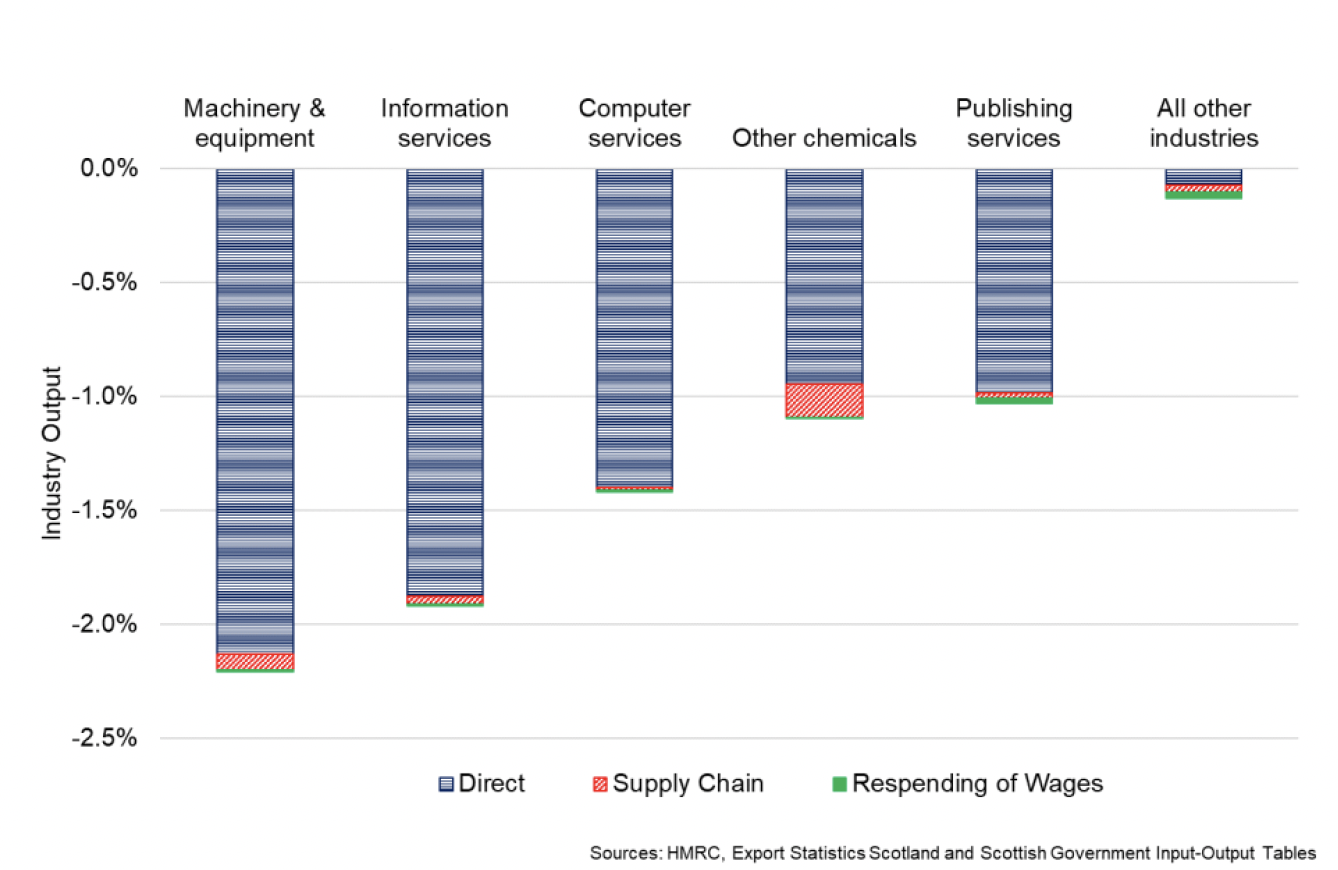
This loss in output is likely to have an adverse impact on employment, although it will be difficult to identify this directly due to the wide pressures that the labour market is currently facing. Overall, the analysis suggests that around 3,500 jobs were being supported by exports to Russia.
Contact
Email: OCEABusiness@gov.scot
There is a problem
Thanks for your feedback